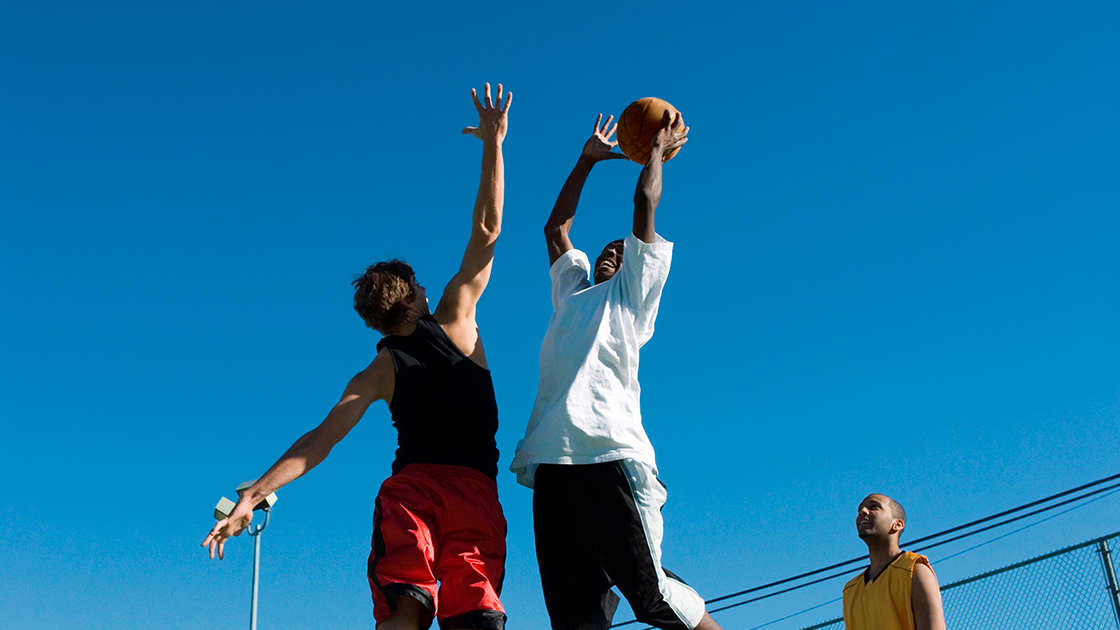Page Contents
Sports injuries are a common occurrence among athletes, ranging from minor strains to more severe ligament tears and fractures. Athletes are shifting towards innovative therapies to speed up recovery and enhance performance, moving beyond traditional methods like rest, physical therapy, and medication. This trend reflects a growing interest in maximizing athletic potential through cutting-edge approaches tailored to individual needs. Laser therapy has become essential in treating sports injuries, providing precise relief and encouraging tissue healing. It’s recognized for its ability to address pain and facilitate the body’s natural recovery processes, making it highly beneficial for athletes. In this blog, we explore how laser treatment for sports injuries can help athletes recover from sports injuries and get back to peak performance
Understanding Laser Therapy
Laser therapy, also called photobiomodulation or low-level laser therapy (LLLT), uses particular light wavelengths to activate cells and support healing processes. It’s a non-invasive treatment that harnesses light energy to encourage cellular repair and regeneration. Therapeutic lasers function at low intensity levels, unlike surgical lasers, which generate heat and tissue damage, ensuring a safe and non-invasive treatment experience. This characteristic makes therapeutic lasers suitable for various medical applications with minimal risk to patients. When applied to injured tissues, laser therapy helps reduce inflammation, relieve pain, and accelerate the repair process, allowing athletes to recover more quickly from sports injuries.
The Role of Laser Therapy in Sports Injury Management
Laser therapy offers several benefits for athletes recovering from sports injuries:
- Pain Relief: Laser therapy helps alleviate pain by reducing inflammation and decreasing the transmission of pain signals to the brain. This allows athletes to manage discomfort more effectively and resume training or competition sooner.
- Accelerated Healing: By stimulating cellular activity and promoting tissue repair, laser therapy accelerates the healing process for sports injuries such as muscle strains, ligament sprains, and tendonitis. This can lead to faster recovery times and reduced downtime for athletes.
- Improved Range of Motion: Laser treatment for sports injuries helps improve flexibility and range of motion in injured joints and muscles, allowing athletes to regain full functionality and perform at their best.
- Non-Invasive Treatment: Laser therapy is a non-invasive treatment option that does not require surgery or medications, minimizing the risk of complications and side effects. This makes it a safe and effective choice for athletes seeking natural methods of injury management.
- Targeted Treatment: Laser therapy can be precisely targeted to the site of injury, delivering therapeutic benefits directly to the affected tissues without affecting surrounding structures. This ensures maximum efficacy and minimal disruption to healthy tissues.
Applications of Laser Therapy in Sports Medicine:
Laser therapy is used in the management of various sports injuries, including:
- Muscle strains and tears
- Ligament sprains and tears
- Tendonitis and tendinopathy
- Runner’s knee (patellofemoral pain syndrome)
- Tennis elbow and golfer’s elbow
- Achilles tendon injuries
- Shin splints
- Plantar fasciitis
Case Studies and Success Stories
Numerous studies have demonstrated the efficacy of laser therapy in treating sports injuries and enhancing athletic performance. Professional athletes and sports teams often include laser therapy in their training and recovery routines to speed up healing and stay in top physical shape. It’s a popular choice for its ability to accelerate recovery and help athletes maintain their peak performance levels. Athletes undergoing laser therapy commonly experience notable enhancements in pain relief, function, and performance, expediting their return to competition while minimizing the chances of reinjury.
As technology continues to advance, laser therapy holds promise for further advancements in sports medicine and athletic performance optimization. Ongoing research aims to refine treatment protocols, explore new applications of laser therapy. Laser therapy’s proven benefits, non-invasive approach, and versatility in treating sports injuries position it as a valuable tool for athletes. It helps them recover from injuries and strive towards their performance goals effectively.
Conclusion
Laser therapy is a valuable tool for sports medicine professionals. Firstly, it provides athletes with a safe and non-invasive method to manage sports injuries and enhance performance. Moreover, it offers effectiveness and safety in optimizing recovery and performance for athletes. Additionally, laser therapy targets inflammation, promotes tissue repair, and accelerates healing, aiding athletes in recovering faster from injuries. Furthermore, it enables them to return to competition with enhanced strength and resilience. Consequently, laser therapy is expected to remain pivotal in sports injury management as awareness increases and technology advances. In essence, it assists athletes in reaching their full potential and excelling in their respective sports. This ensures a more robust and sustainable approach to athletic performance and well-being.
